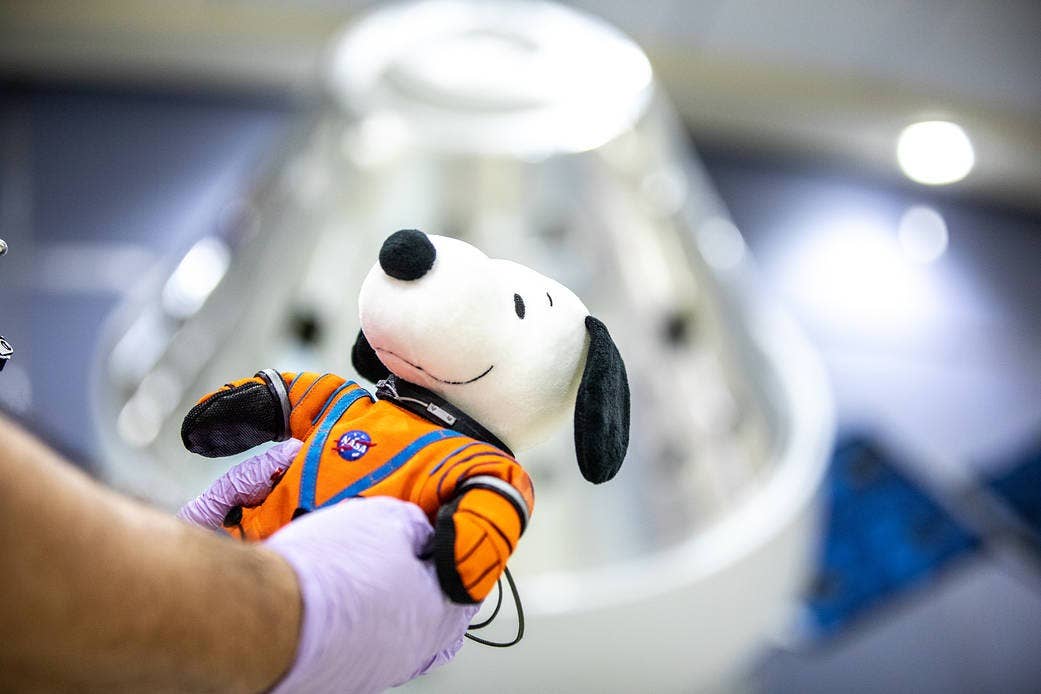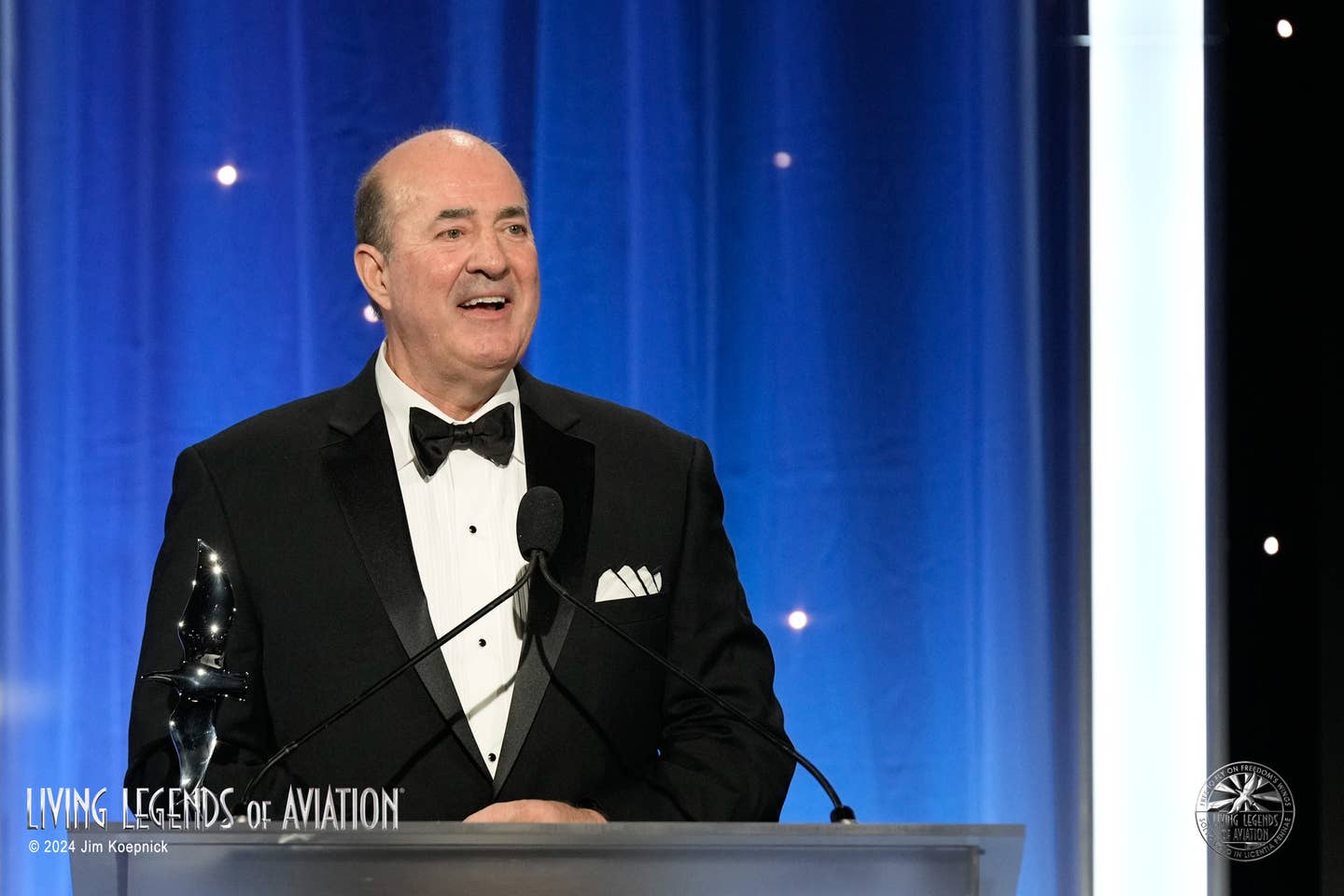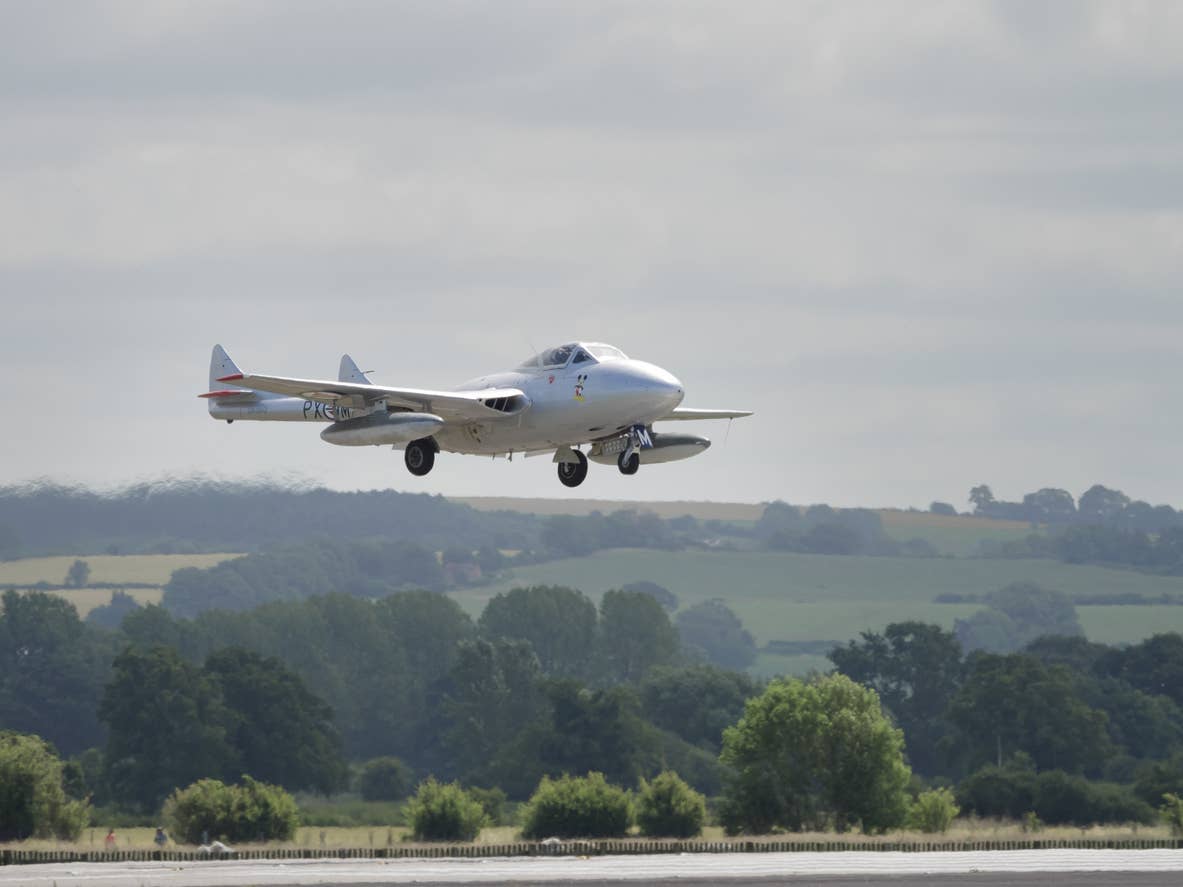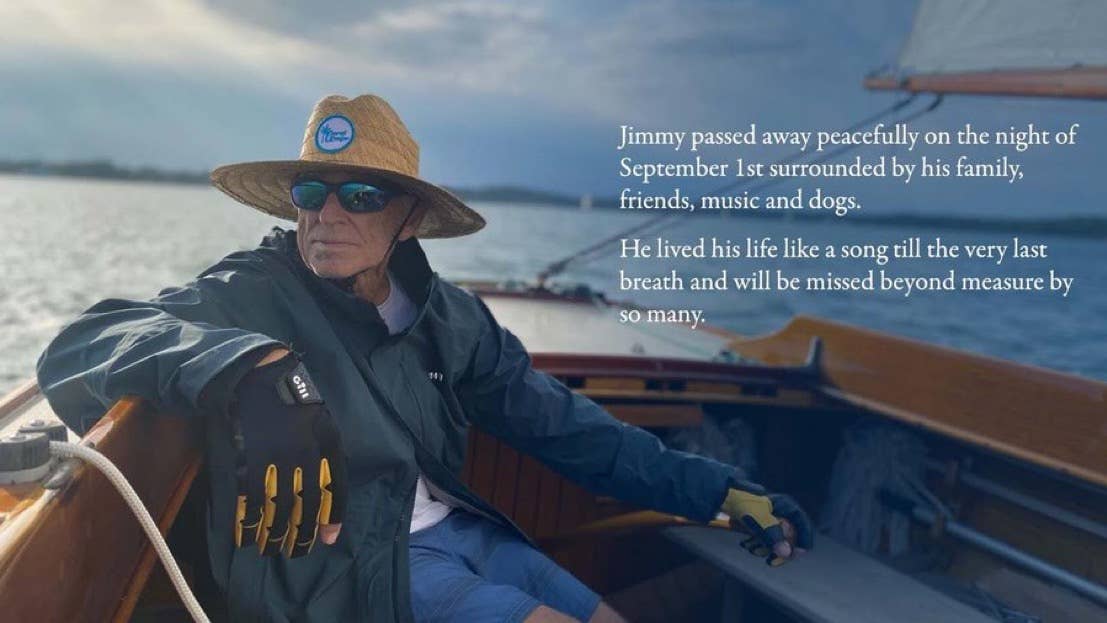Review: How Does Top Gun: Maverick Stack Up?
After repeated viewings, FLYING looks at the latest aviation blockbuster.
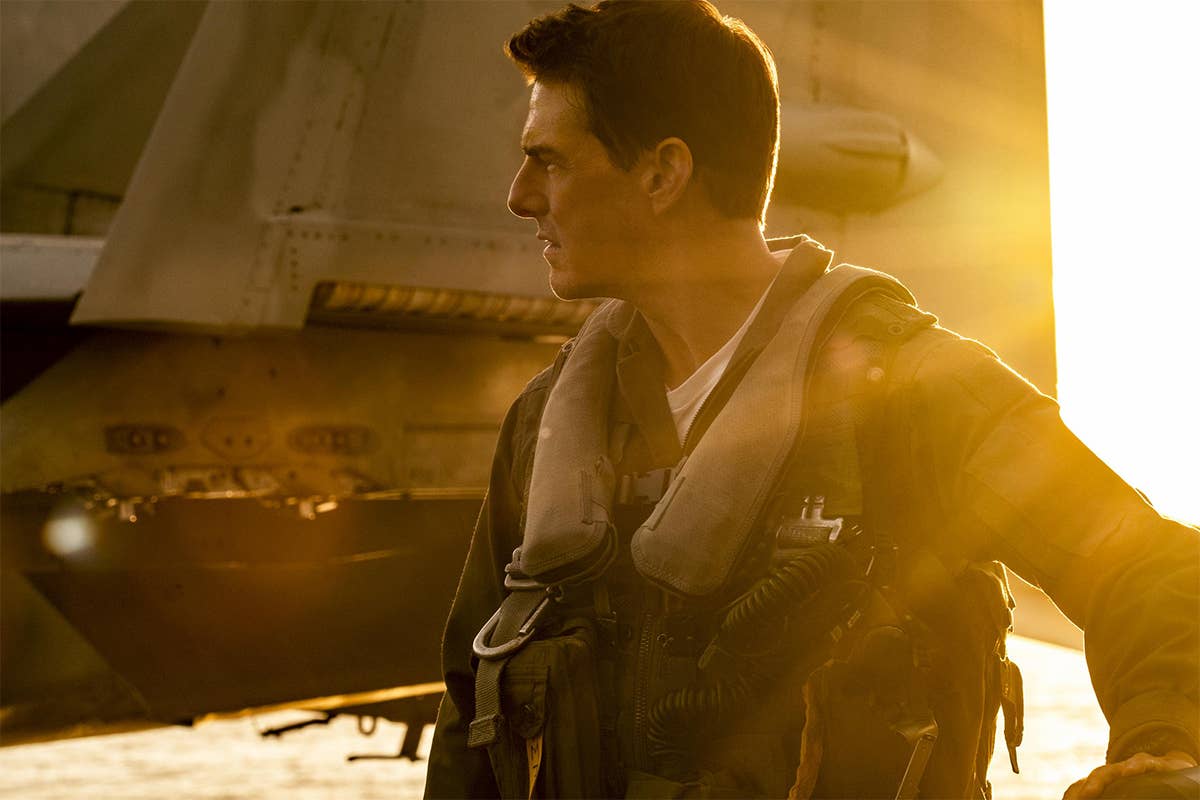
Tom Cruise returns as Pete “Maverick” Mitchell in Top Gun: Maverick [Courtesy: Skydance Media]
I long ago stopped counting how many times I have seen the 1986 naval aviation drama Top Gun. But after watching the sequel, Top Gun: Maverick, on Friday, I felt compelled to see the original yet again, this time with my wife and two teenage sons, so I could more thoroughly compare the films. That was Sunday.
On Monday, I took my family to see Maverick because I figured they would enjoy it and I wanted to hear their impressions of the film and their opinions on whether the decades-spanning story holds together. I also simply wanted to see it again.
Our outing plus my repeat views contributed to the movie’s reported box office tally of $156 million, a record for a Memorial Day weekend release.
It is no surprise that the film is popular. It has the elements of success: love, loss, regret, reflection, conflict, denouement. Add airplanes, aileron rolls, and afterburners to the mix, with a lot of exhaust nozzles flaring and tensing, and you have a good case for the perfect cinematic product. Indeed, both my flight instructor and my favorite middle-school English teacher should love this film.
Circumstances also helped propel Maverick. Pent-up, pandemic-era demand for big-screen entertainment in general, and the public’s enthusiasm sometimes bordering on obsession over Top Gun in particular promised a big audience. The film was supposed to debut in 2020 but COVID-19 thwarted that plan. It was a temporary obstacle, though, and after more than 30 years of waiting, another two seemed only to enhance the excitement. Let’s just say it was easily worth the wait.
This is especially so for pilots, who have been among Top Gun’s biggest fans and harshest critics. Anyone who knows anything about modern air combat will tell you that for decades fighter weapons technology has allowed aircraft to engage enemies from ever-greater ranges, often beyond the horizon. So why, back in 1986, were F-14s mixing it up with “bogeys” at distances less than a city block? Was this a World War I dawn patrol?
Realistically, we have to admit that downing enemies more than 100 miles away with Phoenix missiles would make for one seriously boring movie. I recall listening to an interview with retired Rear Admiral Pete Pettigrew, a well-known adviser on the original film, who talked about how combat aircraft actually fight versus the way they battled on screen. Eventually, he came to terms with the directorial license needed to make the flight sequences appeal to a general audience. Airplane movies cry out for close-ups.
“Indeed, both my flight instructor and my favorite middle-school English teacher should love this film.”
Pettigrew also joked that he felt the film would be fine as long as it didn’t somehow morph into a musical. I suspect the admiral knows that Top Gun arguably is a bit of a musical. Its aerial combat scenes always made me think of the Sharks and Jets of West Side Story dancing with switchblades, perfectly choreographed. Realistic? Not exactly, but exceedingly entertaining.
While Maverick excels as a sequel, gracefully bringing the story, characters, situations, and dialog out of the 1980s and into the modern age while adding realism to flight sequences and personal interactions, it is still enough of a music video, dance show, and tearjerker to appeal to an audience well beyond aviation enthusiasts.

Sign-up for newsletters & special offers!
Get the latest FLYING stories & special offers delivered directly to your inbox

